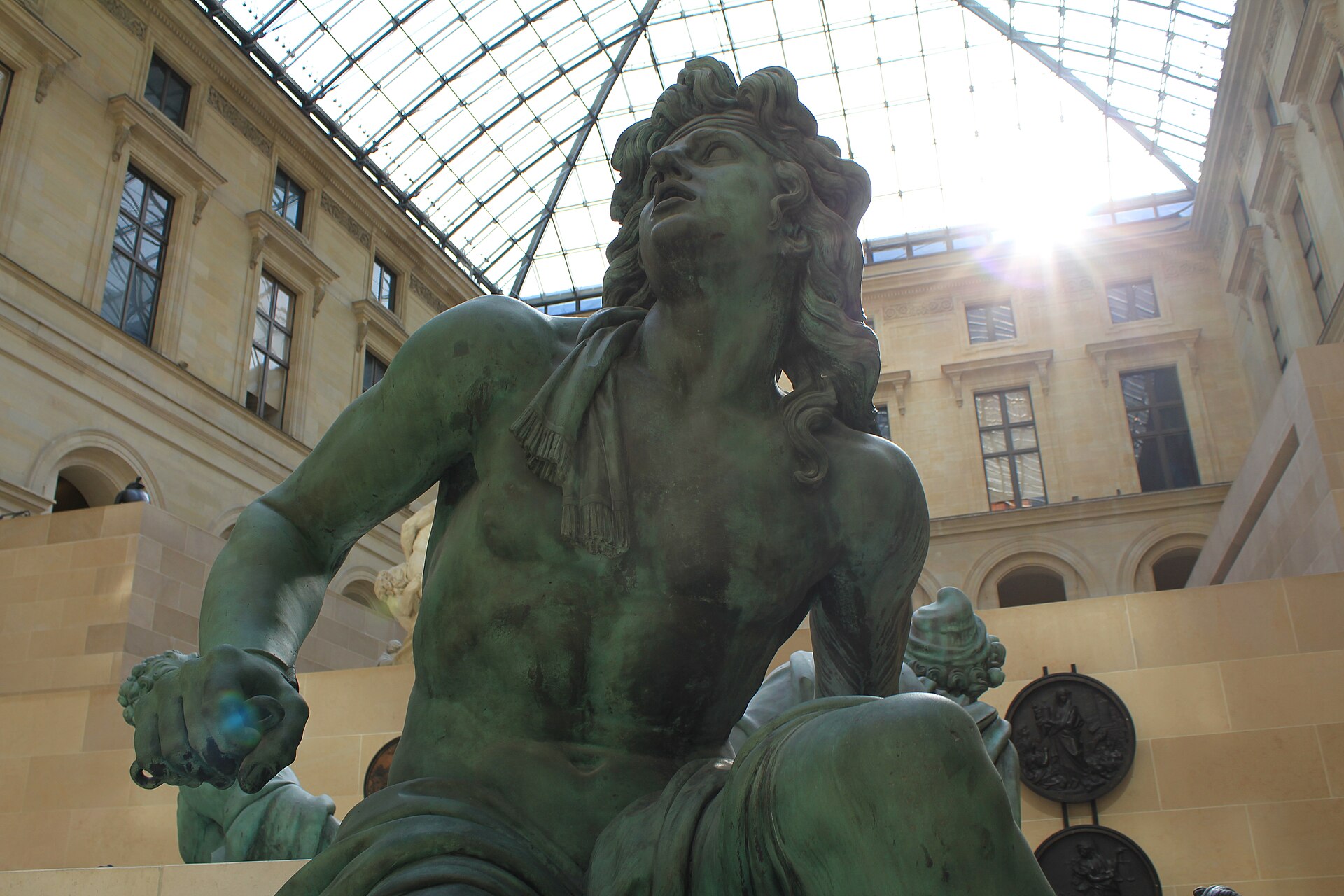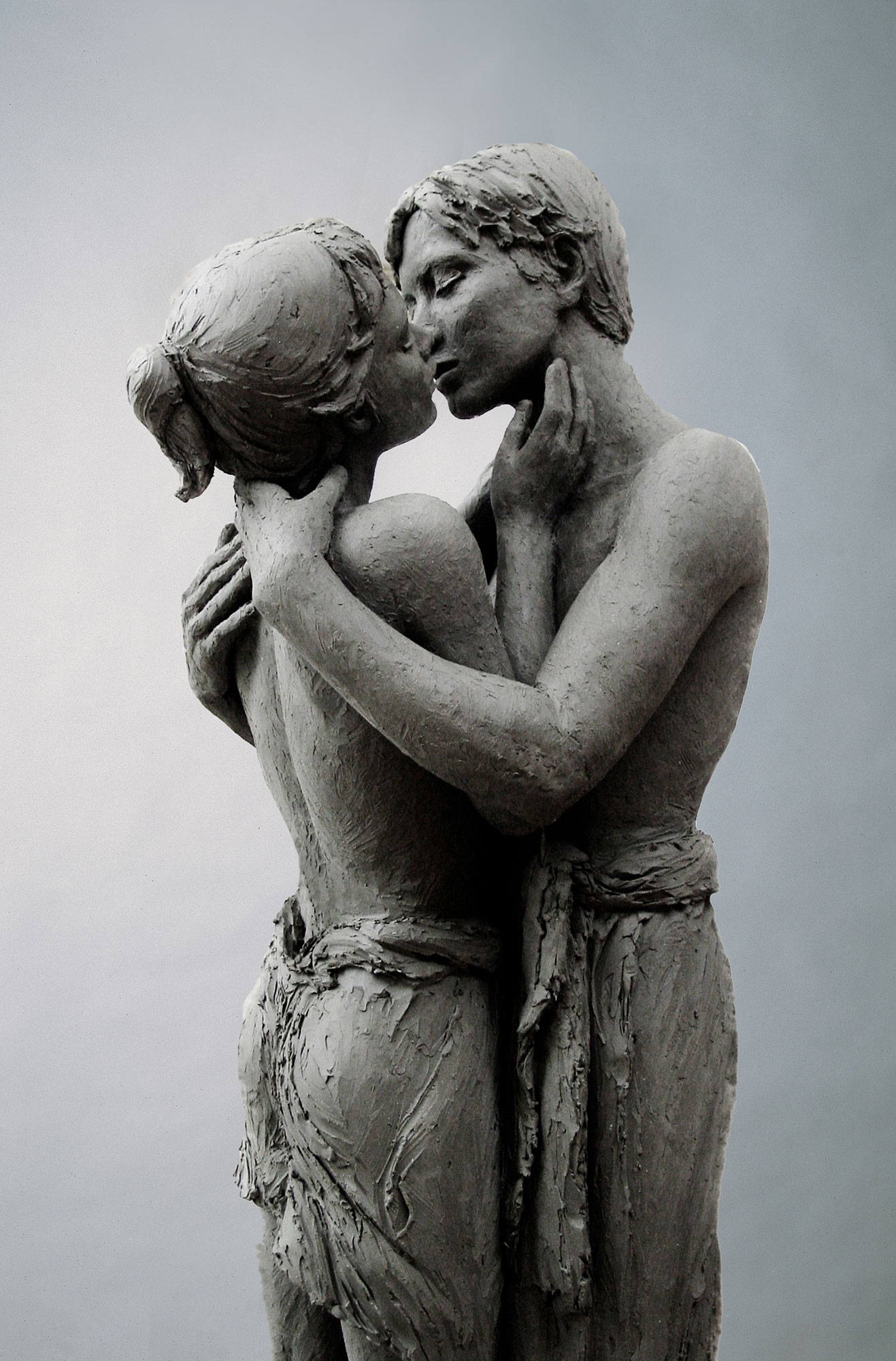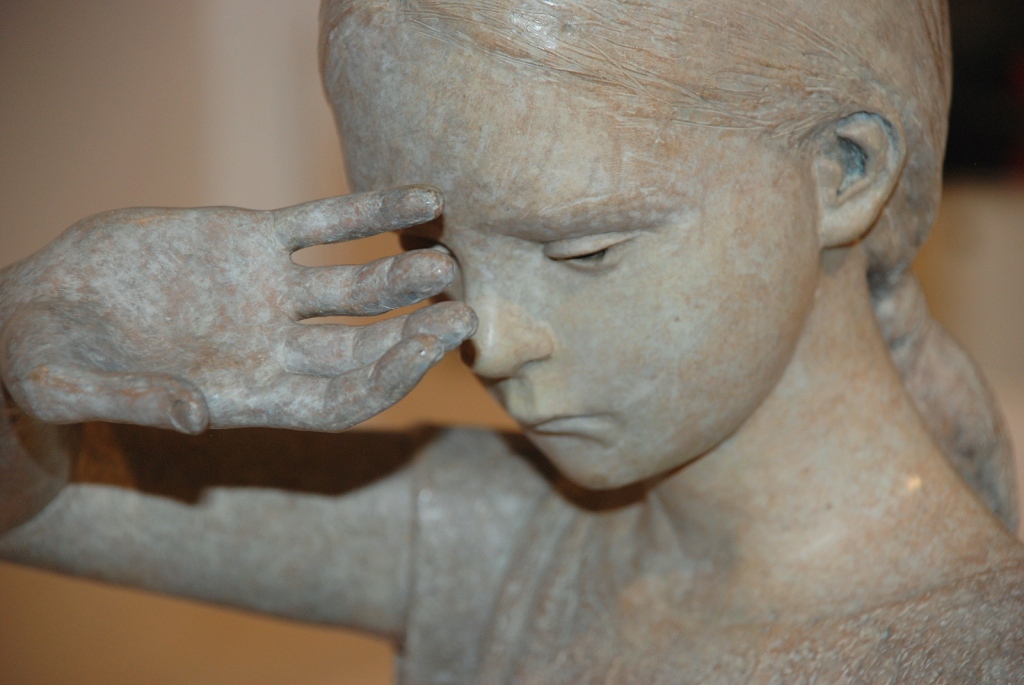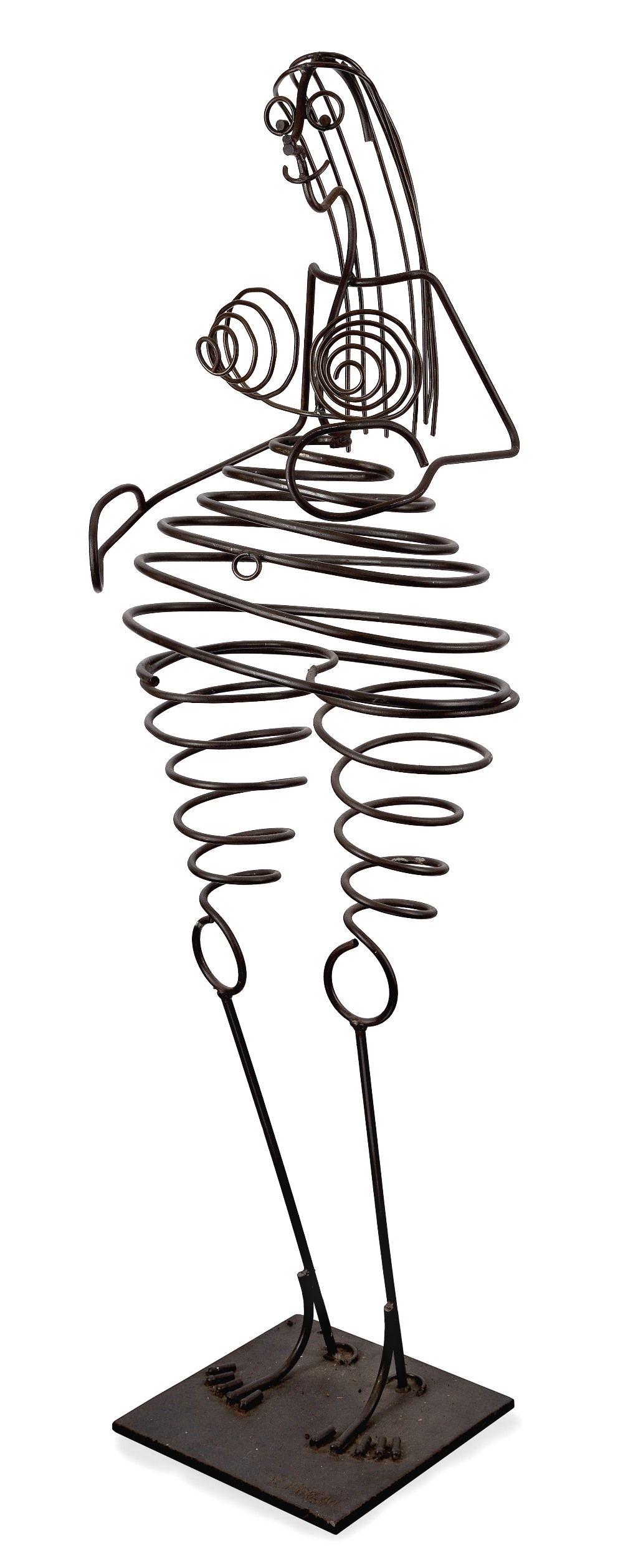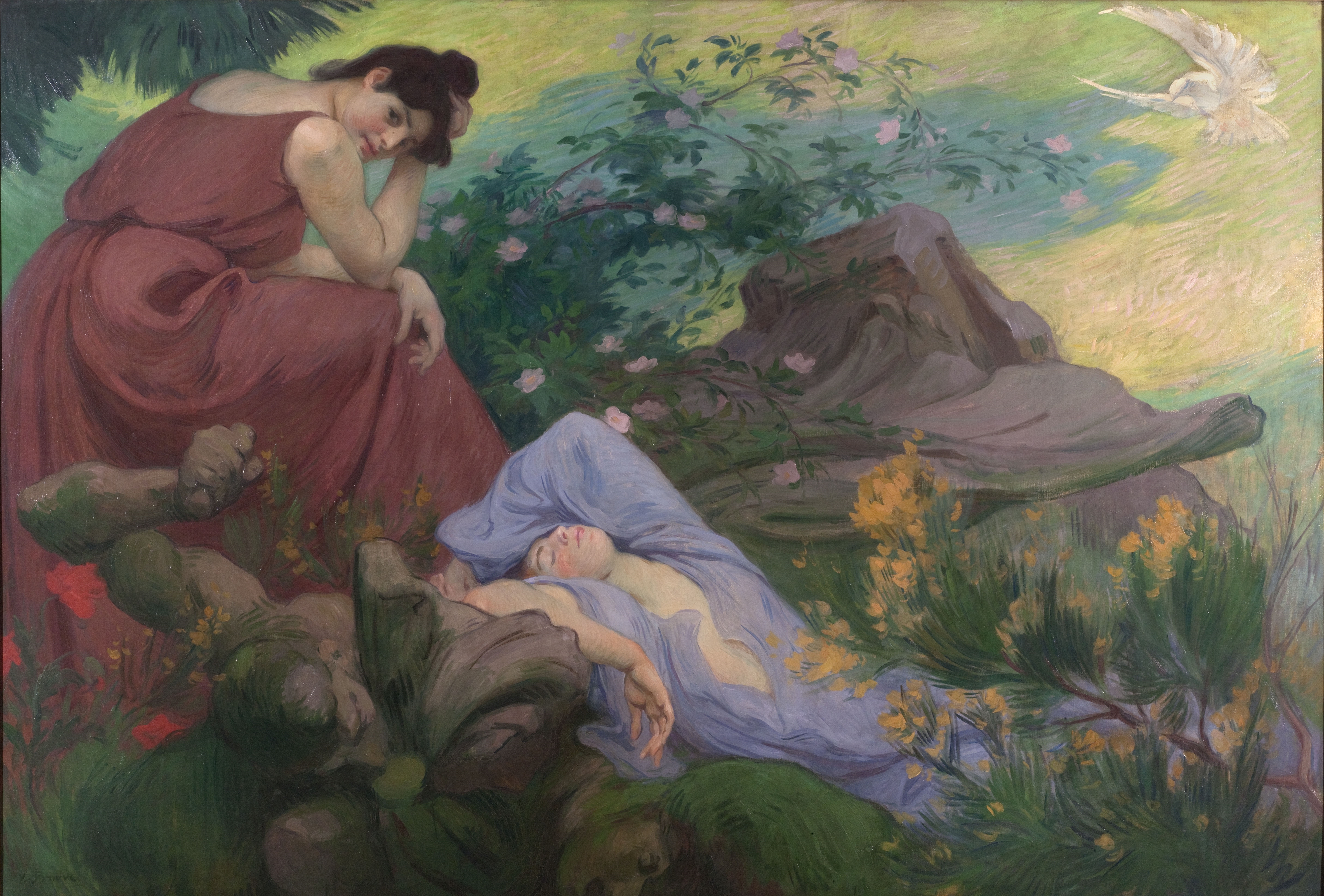By Jane DeDecker / The concept of this proposed women’s monument was inspired by a letter from Elizabeth Cady Stanton to Lucretia Mott in which she wrote about the power of words and deeds:
"Every word we utter, every act we perform, waft unto innumerable circles, beyond".
I wanted to capture the collective energy from all women who have made this happen, as well as acknowledge that we still need to keep moving as we strive for equality.
When a water droplet impacts a body of water it pushes waves outward and rebounds upward as a smaller droplet. This droplet, called the daughter droplet - gains height - then falls back to the water in what is called a coalescent cascade.
This describes the height, breadth, and lasting impact of the Suffragists’ work.

















